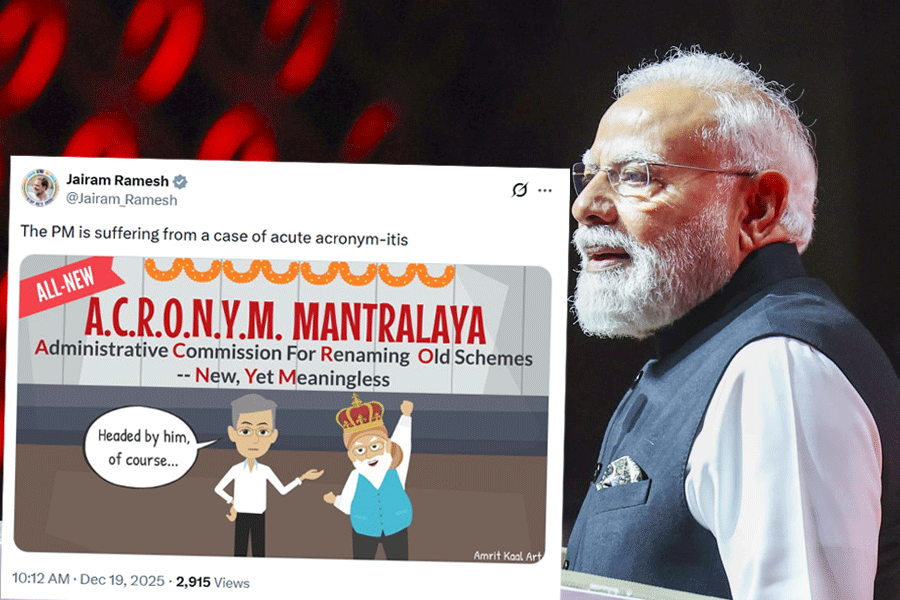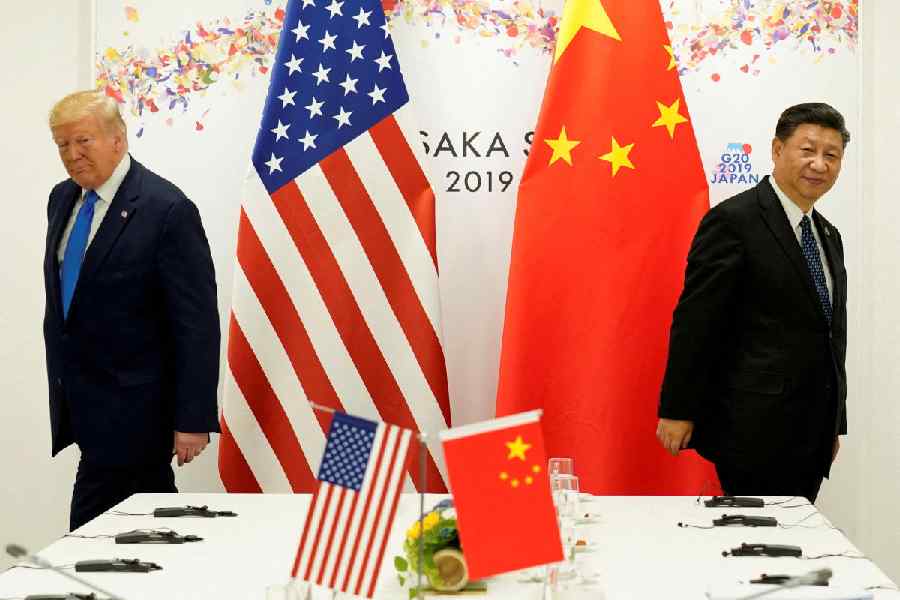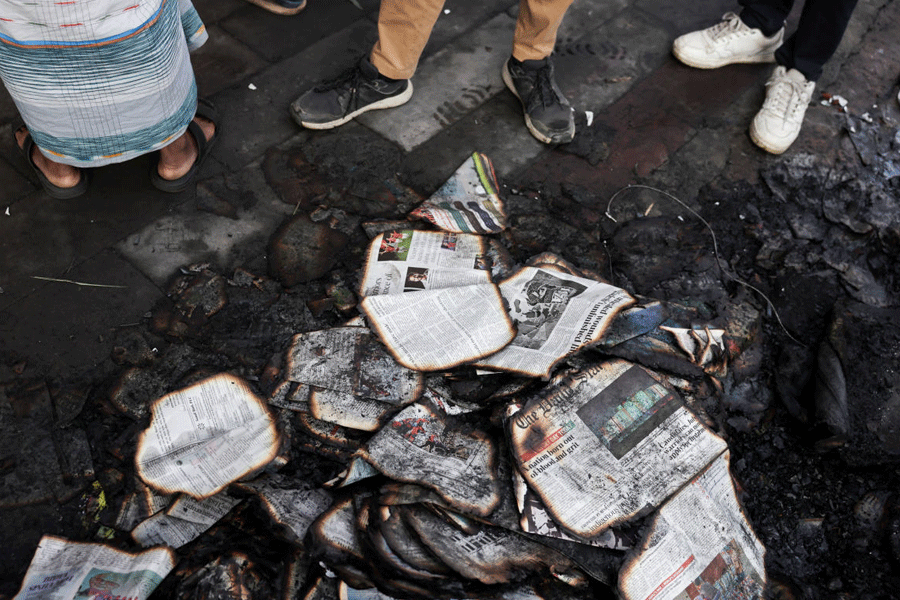|
|
| Above ground |
Support and incentives to farmers are not unique to India. In the United States of America and the European Union, there are even incentives to farmers not to produce and to keep land fallow. The criticism in India must rather be that programmes are initiated without preparation, based on poor information, weak targeting of beneficiaries, considerable leakages and losses to the service providers.
Madhu Dandavate as finance minister wrote off accumulated debts of farmers to banks without discriminating between the well-off farmers and the small and marginal ones. The programme of foodgrains procurement with minimum support prices is full of mismanagement, wastage and corruption. The monopoly cotton procurement scheme in Maharashtra has become an albatross around the neck of the state finances, without being of much benefit to farmers. The minimum sugarcane prices assured in different states have also led to significant inefficiencies.
Even Tamil Nadu, that has had a long history of giving free power to farmers and has managed it better than others, cannot afford it. In Punjab, Parkash Singh Badal announced free power to farmers after winning an election when it was not an issue. It almost bankrupted the state and was withdrawn by the next government. In Andhra it was a pre-election commitment, honoured but soon found to be unaffordable in financial terms and electricity availability. In Maharashtra it was a sudden commitment by the Congress with the Maharashtra State Electricity Board, claiming that the scheme would starve other productive sectors and make the board?s functioning impossible.
Advance preparation for free or below-cost power should have included identification of the desired beneficiaries, estimation of the costs, methods to eliminate the richer farmers from the benefit, ensuring metering to prevent overuse of the facility, installing distribution meters to establish how much was supplied in a cluster of villages and how much was collected, establishing local capability possibly in the panchayats or in user committees to collect payments, propagating methods to generate power locally using biomass and other means, announcing rules for groundwater use and enforcing them, preventing cropping pattern changes from crops suited for dry lands to those that require a lot more water (by adding dry land crops to the public distribution system and minimum support prices and government procurement).
Farmers in many states need power supply at prices below the cost of servicing them. But not all of India and not all farmers in a state need to be so supported. Discrimination is essential. West Bengal for example, the Gangetic plains, farmers in the Godavari delta region, do not need it. But dry areas do. The farmer in areas where there is above-ground irrigation through rivers and canals pays a lot less for the water that he uses in farming than the one who uses electricity to pump out groundwater. Both must be treated alike. The farmer using groundwater must be charged for electricity to pump up a given quantity of water at a similar rate to that paid by the wet-land farmer for the same amount of water. Since groundwater can be drawn when required, while irrigation waters have to be used when available, the groundwater farmer might be asked to pay a little extra. State electricity regulatory commissions determine state-level tariffs. They must develop principles for differential tariffs over the state.
A national policy on free or cheap power to farmers is undesirable and unnecessary. What the Central government could do is to suggest to the states the essential considerations in power supply and tariffs in agriculture. To have a uniform policy will only lead to competitive pressures between states for offering power cheap or free even when there is no justification.
Pump sets, motors and other electrical equipment are often of inferior quality. The new Bureau of Energy Efficiency could lay down standards for equipment and have a field force of inspectors to check compliance while the mandate of SERCs could be expanded to adjudicate disputes and impose suitable penalties for non-compliance.
Consumption of cheap or free power by agriculture has been exaggerated to underestimate the transmission and distribution losses due both to technical weaknesses and poor metering, billing, collection and thefts. This data has been used to argue that power to agriculture is more expensive than the utilities can afford, that it is poorly targeted and not transparent in implementation. But even when more realistic estimates are made they show this to be so. Electricity subsidies to agriculture amount to 5 to 8 per cent of utility revenues in India. The non-poor receive about 95 per cent of the subsidy meant to go to the poor in Kerala, Punjab and Delhi. These figures may not be very different in other states. World Bank estimates that while agriculture uses 30 to 40 per cent of the electricity produced, it provides only 8 to 10 per cent of revenues of utilities.
Metering is expensive in capital costs, annual operating and monitoring costs and in controlling pilferage. The priority must be 100 per cent metering of distribution transformers so that an input-output balance can be sought. Distribution and collection could be delegated to the local authority (panchayats or user committees). Their capacity to do so must be built up.
The farmer also spends an average of 75 paise per kilowatt/hour due to the number of outages/failures and on rectifying/monitoring synchronous motors/pump sets that get damaged from bad power quality (voltage/frequency deviations and poor power factor). These costs of the farmer must be taken into account by SERCs in determining prices for power to agriculture. While costs of servicing agriculture are high because of the distance and the large number of small connections, the quality of power and the off-peak delivery must reduce his tariff. Over the state, differential tariffs based on ground and surface water must also be developed. A tariff policy for agriculture on these considerations will mean lower realizations than costs. Making up the deficits by asking the utility to charge more to other consumers (as cross-subsidy) leads only to theft and corruption. Instead, governments might recoup by imposing a tax on other users.
Since power to agriculture is for drawing groundwater, we must have rules for drawing groundwater. One possibility is to estimate the water availability in a water basin and set out the amount of groundwater that can be drawn there and the number and location of pump sets. The panchayats and district authorities must enforce these rules and the SERC could have a role in the adjudication of disputes on the subject.
Farmers using power own enough land, can afford the capital costs and are in areas where there is underground water that can be pumped up at affordable costs. Very small and marginal farmers are less likely to install pump sets. Hence power supply and its cost for agriculture are not about supporting the poor but about agricultural production and the employment of the poor and landless. As in income-tax slabs, a bottom slab that is very cheaply priced, in some places even free, with higher tariffs as consumption goes up, might be a given tariff preference to the smaller among pumpset using farmers.
A holistic policy will relate power tariffs to groundwater, minimum support prices, procurement and public distribution of dry land crops. Governments must also maintain a price balance between support prices for rice and wheat, as well as sugarcane and cotton prices. Today their prices give wrong signals and shift cropping patterns to more water intensity and electricity usage. It is also essential to go for a massive programme of distributed power based on available technologies. This will make power available on a 24-hour basis and enable local communities to manage the generation and distribution.
The supply of power to agriculture has far-reaching social and economic implications. It must take account of many factors than merely electricity. That requires holistic government decision-making.












